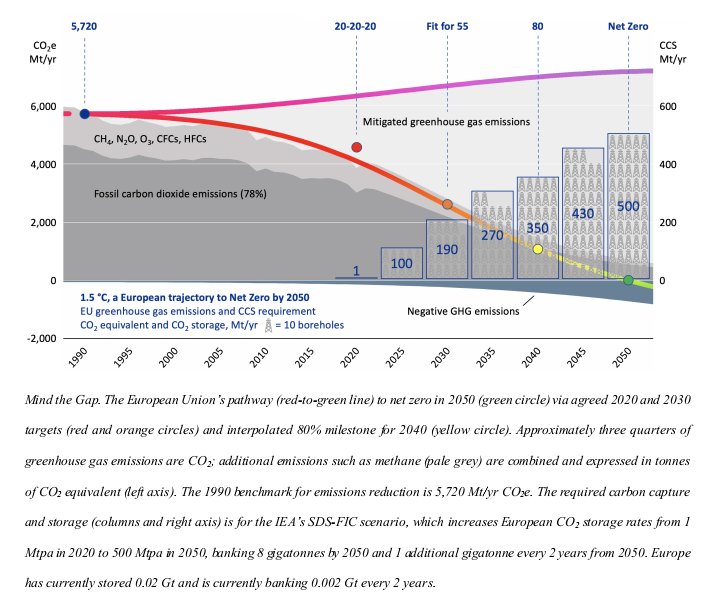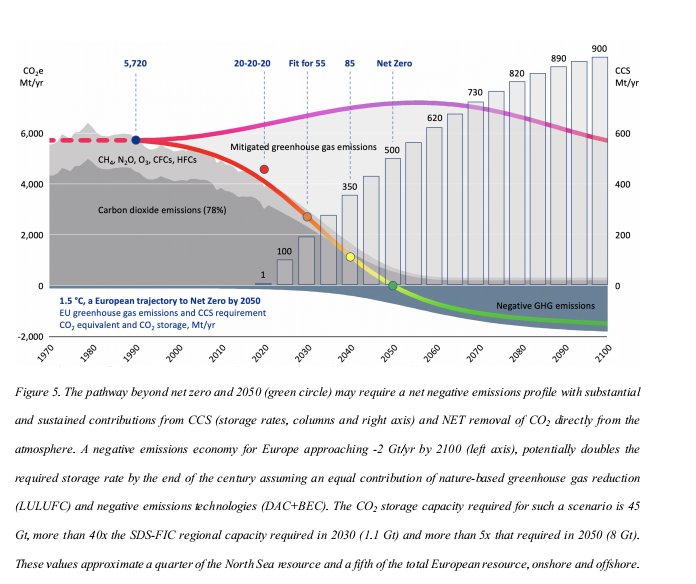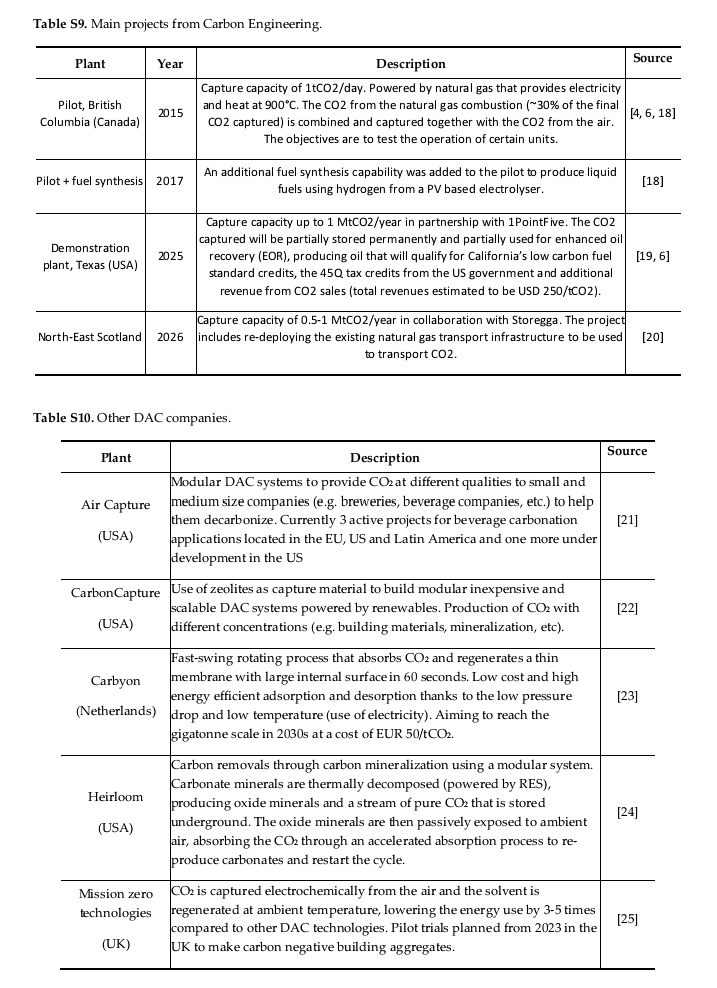🚨📝NEW PAPER📝🚨
A new study from Colorado State University's Dept. of Soil & Crop Sciences & the Graduate Degree Program in Ecology found “that #regenerative practices—including integrating crop & livestock systems—were successful as long-term #CarbonStorage solutions.”
🧵 1/7
A new study from Colorado State University's Dept. of Soil & Crop Sciences & the Graduate Degree Program in Ecology found “that #regenerative practices—including integrating crop & livestock systems—were successful as long-term #CarbonStorage solutions.”
🧵 1/7

Researchers conducted a “global systematic meta-analysis of the effects of #regenerative management practices on Soil Organic Carbon (#SOC), Particulate Organic Carbon (#POC) & Mineral-Associated Organic Carbon (#MAOC) in cropland.”
2/
2/
They found that:
1️⃣ “no-till (NT) and cropping system intensification increase #SOC (11.3% and 12.4%, respectively), #MAOC (8.5% and 7.1%, respectively), and #POC (19.7% and 33.3%, respectively) in topsoil (0 to 20 cm), but not in subsoil (>20 cm).”
3/
1️⃣ “no-till (NT) and cropping system intensification increase #SOC (11.3% and 12.4%, respectively), #MAOC (8.5% and 7.1%, respectively), and #POC (19.7% and 33.3%, respectively) in topsoil (0 to 20 cm), but not in subsoil (>20 cm).”
3/

2️⃣ “experimental duration, tillage frequency, the intensification type, and rotation diversity moderate the effects of #RegenerativeManagement.”
4/

4/


3️⃣ “NT synergized with integrated crop–livestock (ICL) systems to greatly increase #POC (38.1%) and cropping intensification synergized with ICL systems to greatly increase #MAOC (33.1 to 53.6%).”
5/
5/

👆🏻“This analysis shows that #RegenerativeAgriculture is a key strategy to reduce the soil C deficit inherent to agriculture to promote both soil health and long-term C stabilization.”
6/
6/
The paper, "Restoring particulate and mineral-associated organic carbon through regenerative agriculture," was recently published in Proceedings of the National Academy of Sciences (@PNASNews). Read here ⬇️
pnas.org/doi/10.1073/pn…
#RegenerativeAgriculture
#CarbonStorage
7/8
pnas.org/doi/10.1073/pn…
#RegenerativeAgriculture
#CarbonStorage
7/8
• • •
Missing some Tweet in this thread? You can try to
force a refresh

 Read on Twitter
Read on Twitter



















